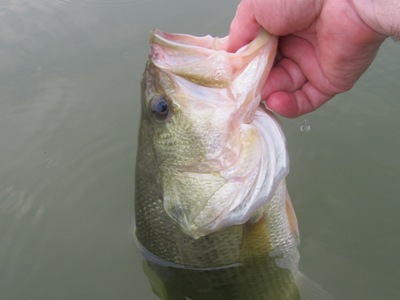
Maryland offers a wide range of largemouth bass fishing, with anglers fish on a year round basis in much of the state.
Largemouth bass are caught Maryland lakes, reservoirs, ponds, rivers, and creeks. Several of Maryland’s tidal bass fisheries are nationally recognized and help to support local fishing-related businesses.
In Maryland, largemouth bass fishing areas can be divided into 3 general categories; large impoundments, small ponds, and tidal rivers.
Practically every county in the state has one or more of these habitats available to local anglers. Depending on the body of water, anglers may fish from shore, aboard private boats, or with licensed fishing guides.
Several tidal bass fisheries occur in the upper Chesapeake Bay watershed. From the Conowingo Dam, south on both sides of the Chesapeake Bay, anglers catch largemouth bass in coves, creeks, and areas of aquatic vegetation.
Tidal largemouth bass are also encountered in the lower Gunpowder and other rivers near Baltimore.
In southern Maryland, the tidal Potomac River offers outstanding largemouth bass fishing. A variety of largemouth bass habitats are found in the Potomac, ranging from aquatic vegetation, stumps, rocky outcrops, rip rap, sand bars, flats, drop offs, and other structure.
Several Eastern Shore rivers receive high marks from anglers. The Choptank, Nanticoke, Wicomico, and Pocomoke all support populations of largemouth bass. On each of these rivers, fishing varies widely depending on seasons, weather conditions, salinity, water quality, fishing pressure, and other factors.
The four major eastern shore rivers all contain cypress swamp habitats. These environments contain an incredible array of plant and animal life and are among the most beautiful areas in the state to explore. These quiet areas are characterized by their cypress trees, coffee-colored water, abundant lily pad colonies, and variety of structure where largemouth bass lurk.
Throughout the state, small ponds contain largemouth bass. Ranging from less than an acre to several acres in size, these shallow habitats are often teeming with largemouth bass. Small to mid-sized ponds occur naturally in some locations. In other cases, they were once borrow pits, created by road construction projects. Other man made ponds were originally constructed to drive grist mills, agricultural water supplies, or other uses.